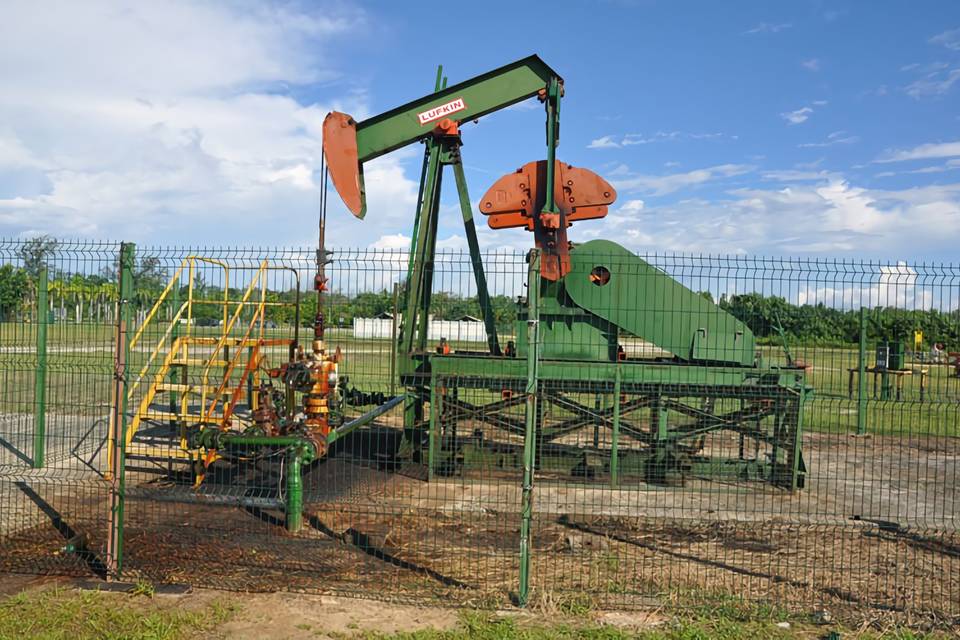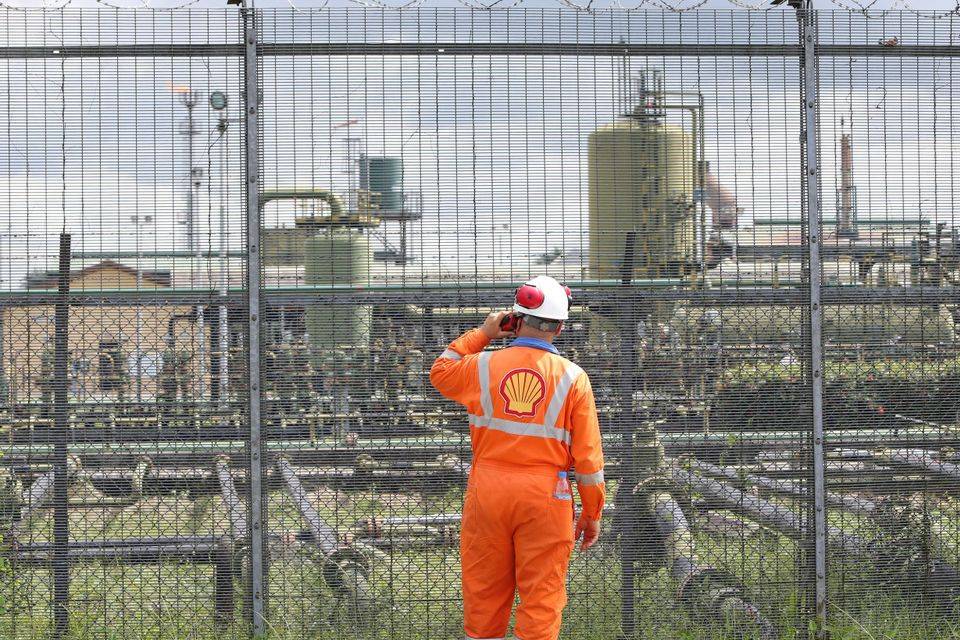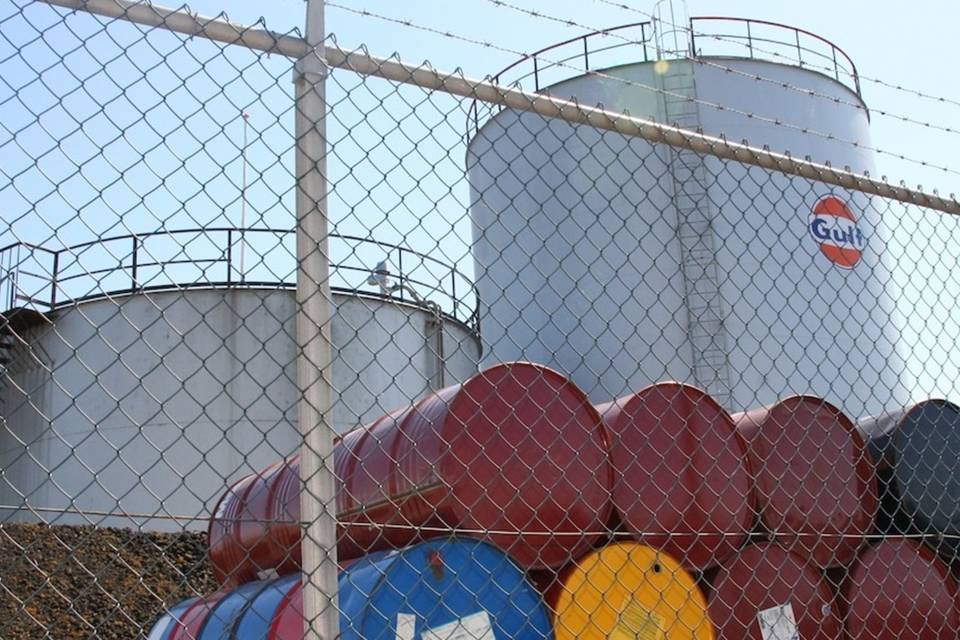Don't miss our holiday offer - 20% OFF!
Smart Fencing for Oil and Gas Fields: Revolutionizing Fencing with Intelligent Technology
The oil and gas industry faces unique security challenges. This article explores how integrating smart technology into fencing systems can protect infrastructure, reduce operational costs, and provide real-time monitoring for oil and gas fields across remote and high-risk environments.
The Options: What Happens When Oil and Gas Field Security Is Compromised
Oil and gas is among the biggest and riskiest industries in today’s global infrastructure. Sites for drilling, refining and distribution all call for strong perimeter security to secure their assets, keep out outsiders and maintain continuous operations. Traditionally, fencing in oil and gas fields has focused on durability, height, and barrier resistance. Nowadays, because of automation and digital changes, conventional boundary fences are not enough.
Smart fencing solutions are emerging as the next frontier in securing oil and gas fields. They bring together physical obstacles with advanced technologies, including sensors, AI, tracking in real time and being energy-saving. By combining components, security is improved, surveillance is more efficient, the need for human input is decreased and infrastructure can be actively managed.
This development is being led by Fence Moine which provides unique smart fencing services adapted to energy sector needs.

The Limitations of Traditional Fencing in Oil and Gas Fields
Most oil and gas facilities can be found in hard-to-reach parts of the world, in weather that is extreme and over large areas. Even though welded mesh, chain link and 358 anti-climb mesh can prevent somebody from entering, they are unable to:
- Provide real-time intrusion detection
- As soon as a signal is received, contact the remote monitoring center.
- Carry out activities that find and fix problems early.
- Deal well with different environmental situations.
Due to these problems, the response may be delayed, security costs could go up and main areas remain vulnerable. To address these challenges, smart fencing has emerged as a comprehensive solution.
What is Smart Fencing and Why It Matters
Smart fencing integrates sensors, communication devices, surveillance systems, and control interfaces into the physical barrier structure. Smart fences are designed to monitor what’s happening around them and immediately pass on any dangers to other important systems.
For oil and gas fields, this means not only deterring unauthorized access but also detecting anomalies, managing perimeter zones remotely, and ensuring compliance with safety protocols. Such features are necessary since a huge amount of assets and seconds can have a major impact on earnings.
New Technologies Transforming Oil and Gas Field Fencing
1. Using AI in Security Monitoring
AI has changed passive video recording in surveillance into active and smart analysis. New smart cameras attached to fencing structures now give access to:
- Identifying objects to tell the difference between humans, animals and vehicles
- Watching behavior to identify if anything out of the ordinary is happening
- The use of facial recognition to confirm staff members
They have the ability to work independently and to let the control center know about a threat right away which cuts down on false notices and saves manual jobs.
2. Monitoring with IoT at the Boundaries
Technology from the Internet of Things helps place sensors in fencing systems which watch for things like changes in the environment, impacts, voltage signals and attempts to breach them. These sensors:
- Send data easily to a main data dashboard through wireless technology
- Help emergency staff spot areas where safety could be threatened
- Stay active all the time and in any weather.
Having this up-to-date information matters because travelling out to oilfields may be slow and expensive.
3. SCADA integration plays an important role in system management.
There are already many examples of Supervisory Control and Data Acquisition systems in the oil and gas sector. Merging fencing data with these systems makes it possible for:
- Only one place to monitor our field equipment and security system
- Actions taken automatically after sensing certain conditions, like setting off alarms or involving lockdowns
- Using the system for court-required audits and reports
This kind of interaction enables people to see situations more clearly and operate continuously.
4. Components that use less energy and are solar-powered
Many smart fencing components such as infrared sensors, surveillance cameras, and signal relays are now available with solar power capabilities. Because you don’t need a constant power source, these systems are convenient for off-grid oilfields.
Solar-powered smart fencing offers:
- Energy solutions with less upkeep
- Not causing much environmental changes
- Consistent function even when there is no easy access to the site
It helps achieve the energy sector’s targets for sustainability.

Applications of Smart Fencing in the Oil and Gas Sector
Protecting Drilling Areas Away From the Office
In most cases, drilling happens away from cities and so, it’s more prone to robberies, sabotage and disturbance from wildlife. Using smart fences, a minimal number of staff are able to watch the area all day and night and alerts are sent through immediately when an issue happens.
Steps to Guard Pipelines and Distribution Terminals
With many kilometers to monitor, pipeline corridors are hard to secure effectively by limited patrolling. Smart fencing, integrated with GPS and satellite communication, ensures continuous monitoring and quick localization of intrusion attempts or leak risks.
Better Security Control at Refineries
Smart fencing systems work in tandem with biometric access control to ensure that only authorized personnel can enter sensitive zones within refinery plants. Because of this, the company is protected from inside risks and stays compliant with health and safety rules.
Stopping Acts of Sabotage in Areas with Political Trouble
In areas where oil and gas facilities are often attacked, smart fencing provides reliable early protection. Today’s smartwatches add features like detecting shaking and remote lockdown, helping prevent accidents and losing money because of service problems.
Benefits of Smart Fencing for Oil and Gas Fields
Real-Time Response
Smart fencing eliminates the delay between an incident and its detection. Thanks to instant alerts, emergency teams are ready to prevent damage from happening.
Better Use of Invested Capital
Less human patrol, automatic monitoring and early maintenance result in cutting costs down the road. As a result of more solid security, these systems help lower insurance premiums.
Better access to data insight
Analyzing what goes on near the perimeter of a company reveals threat trends and improves security preparation. This knowledge makes things safer and more efficient in how resources are planned.
Adhering to Regulatory Rules
Smart fencing systems keep digital records of all access and alerts, helping oil and gas companies meet strict compliance standards with accurate documentation and audit trails.
Fence Moine’s Smart Fencing Solutions for Oil and Gas Security
Its oil and gas field fencing options are noticed for being durable, custom-made and fully integrated. After a site is assessed, each solution includes considerations for the site’s location, the local environment, regulations to follow and the technology needed.
Features of Fence Moine’s smart fencing systems include:
- Usable bits can replace parts without requiring you to get a new unit
- Use with various outside applications and devices
- Items created for desert, coastal and extreme temperature use
- High-quality intrusion detection and alarm systems
- Surveillance equipment that works with solar power
If you need fencing around your refinery in the city or your oil well in a rural area, Fence Moine has the answers to provide complete safety and dependability.
What Will Fencing Be Like in the Future of the Oil and Gas Industry
Because digital transformation is happening faster in the energy sector, the perimeter will act more actively. It is expected to take part in security, operations and maintenance from now on. There are likely to be these additions in the future:
- Drones are now used for perimeter surveillance.
- Gathering forecasts of possible danger through AI
- Logging when and who uses the blockchain
- Management interfaces for live use of mobile apps
Thanks to this progress, Fence Moine aims to stay on top of new technologies by installing smart and tough fencing systems for clients.

A Smart Fence Is the Smart Answer
In a landscape where threats are evolving and stakes are high, securing oil and gas fields infrastructure requires more than traditional barriers. Smart fencing provides real-time protection, operational efficiency, and seamless integration with existing energy systems.
Fence Moine creates smart fence systems that respond to the issues commonly found in the oil and gas sector. Using such technology, businesses can better protect their infrastructure, follow the law and save money while continuing to focus on safety.
That’s why now is a good time to forget basic fencing and choose a modern perimeter system that enhances your business and saves your assets.
